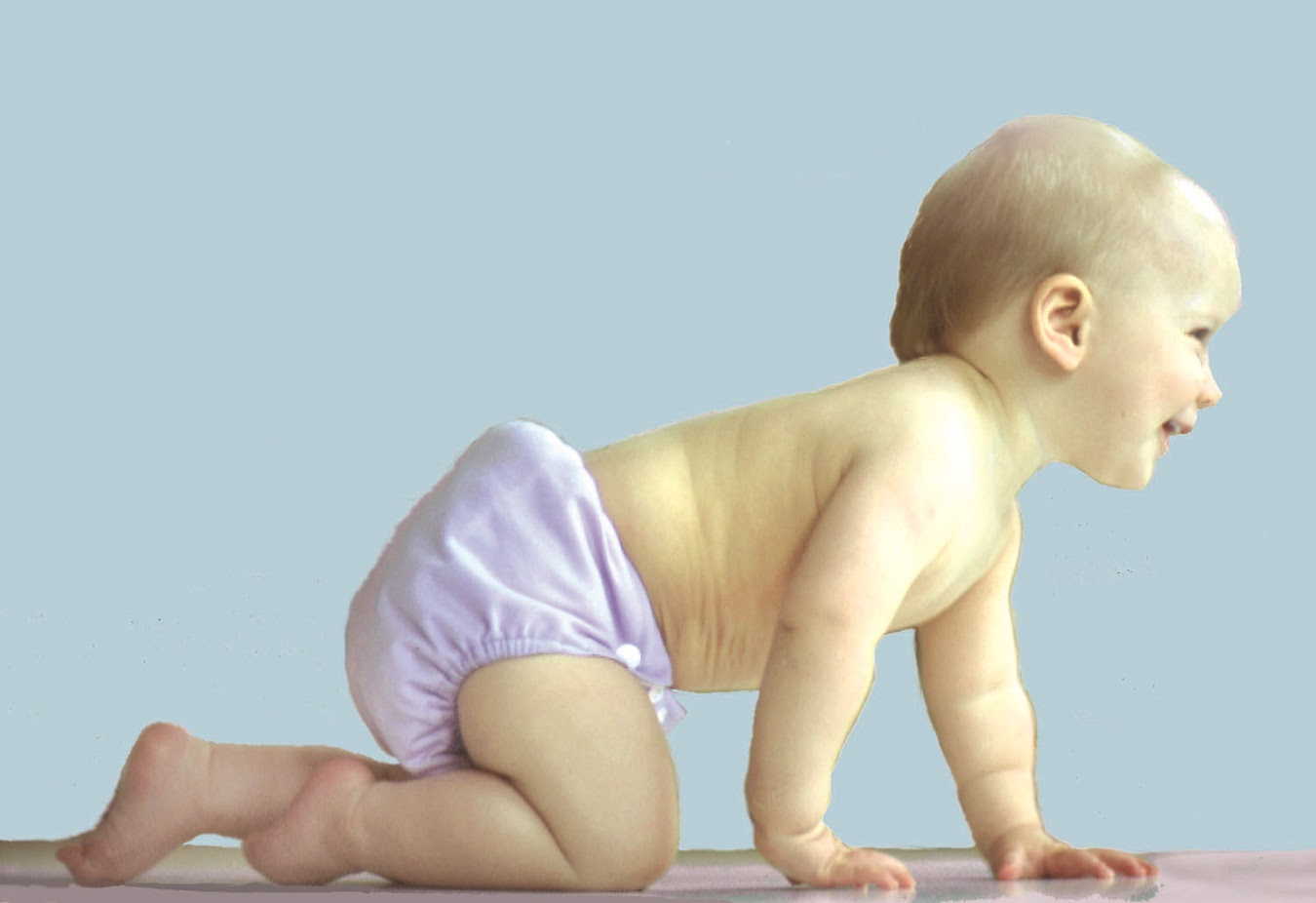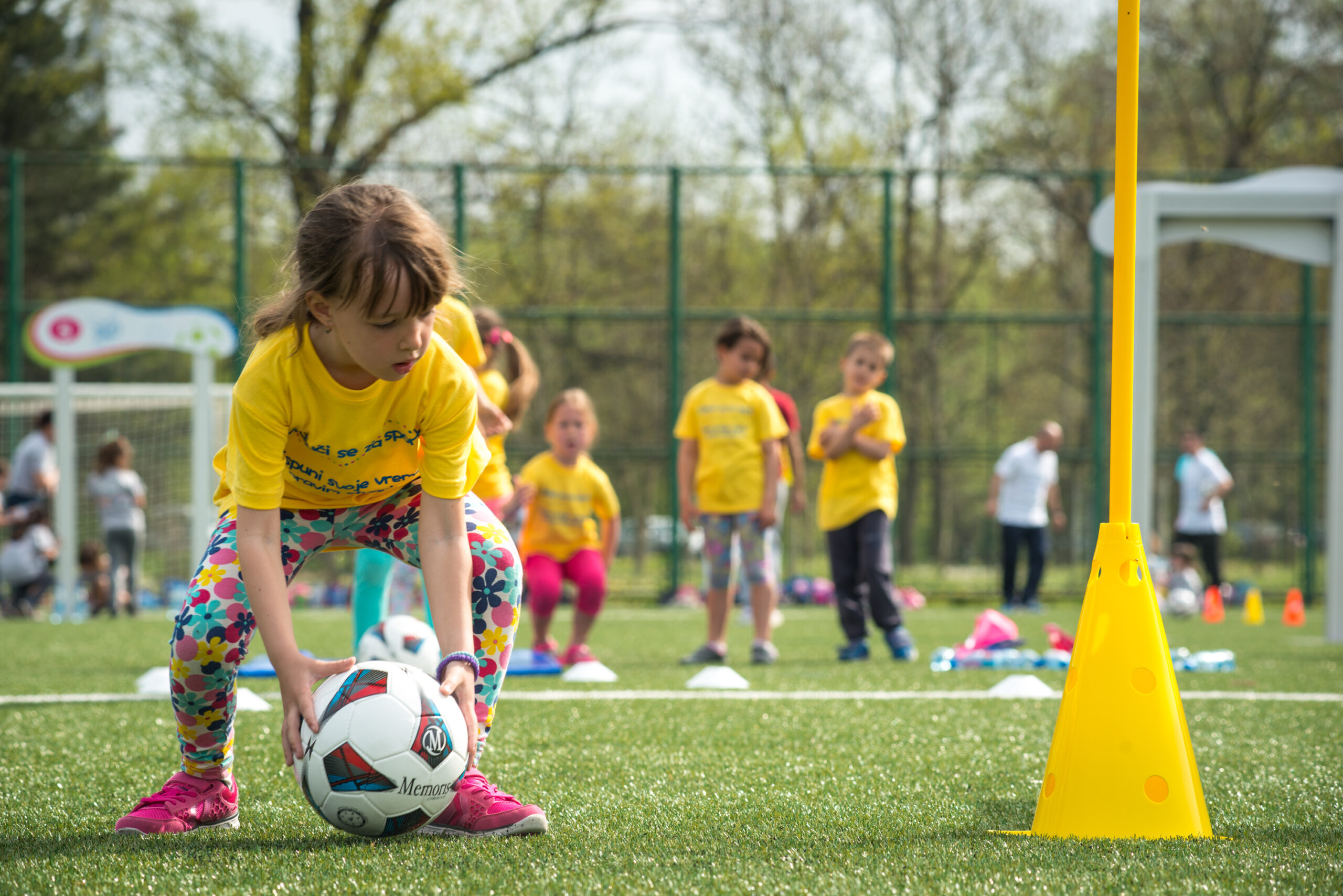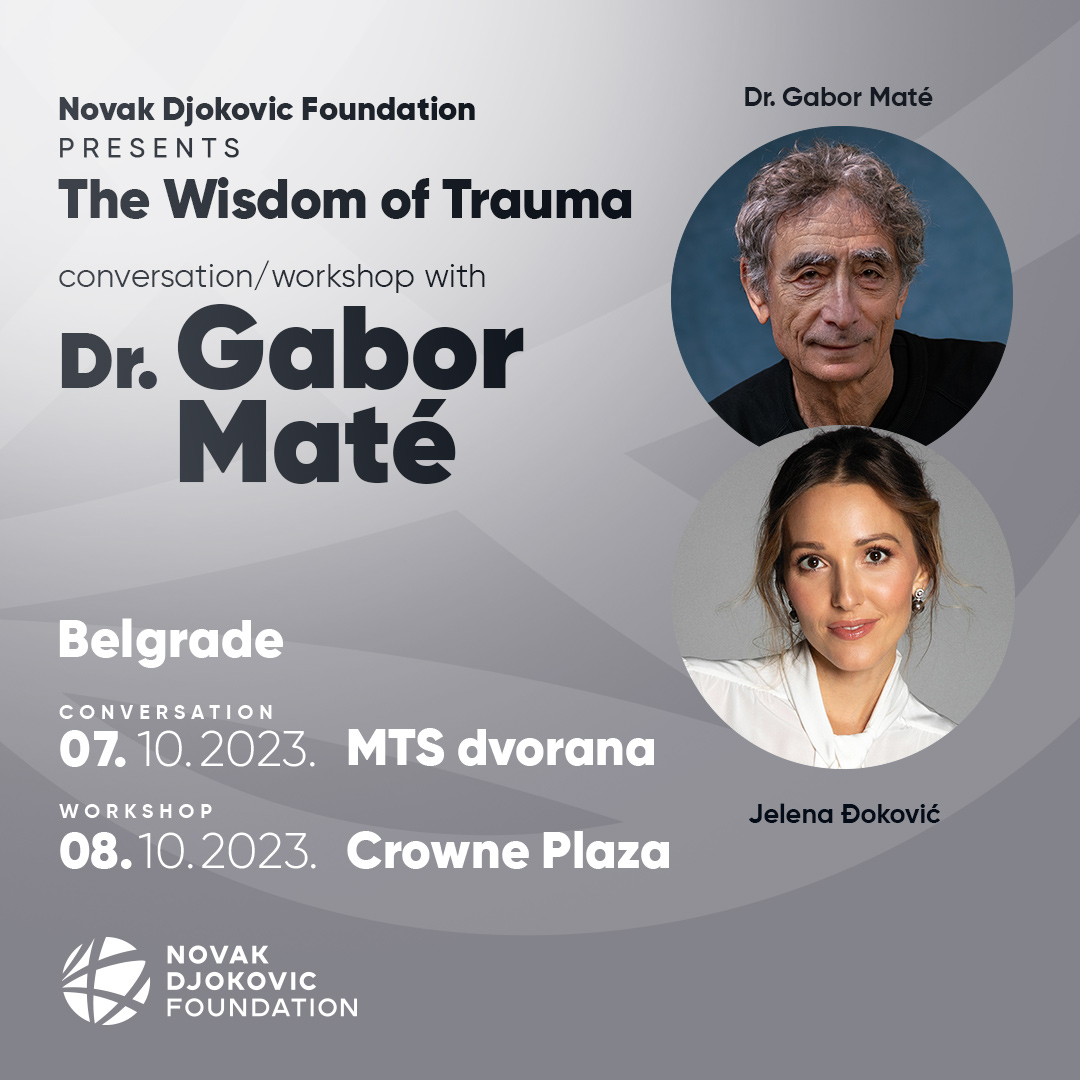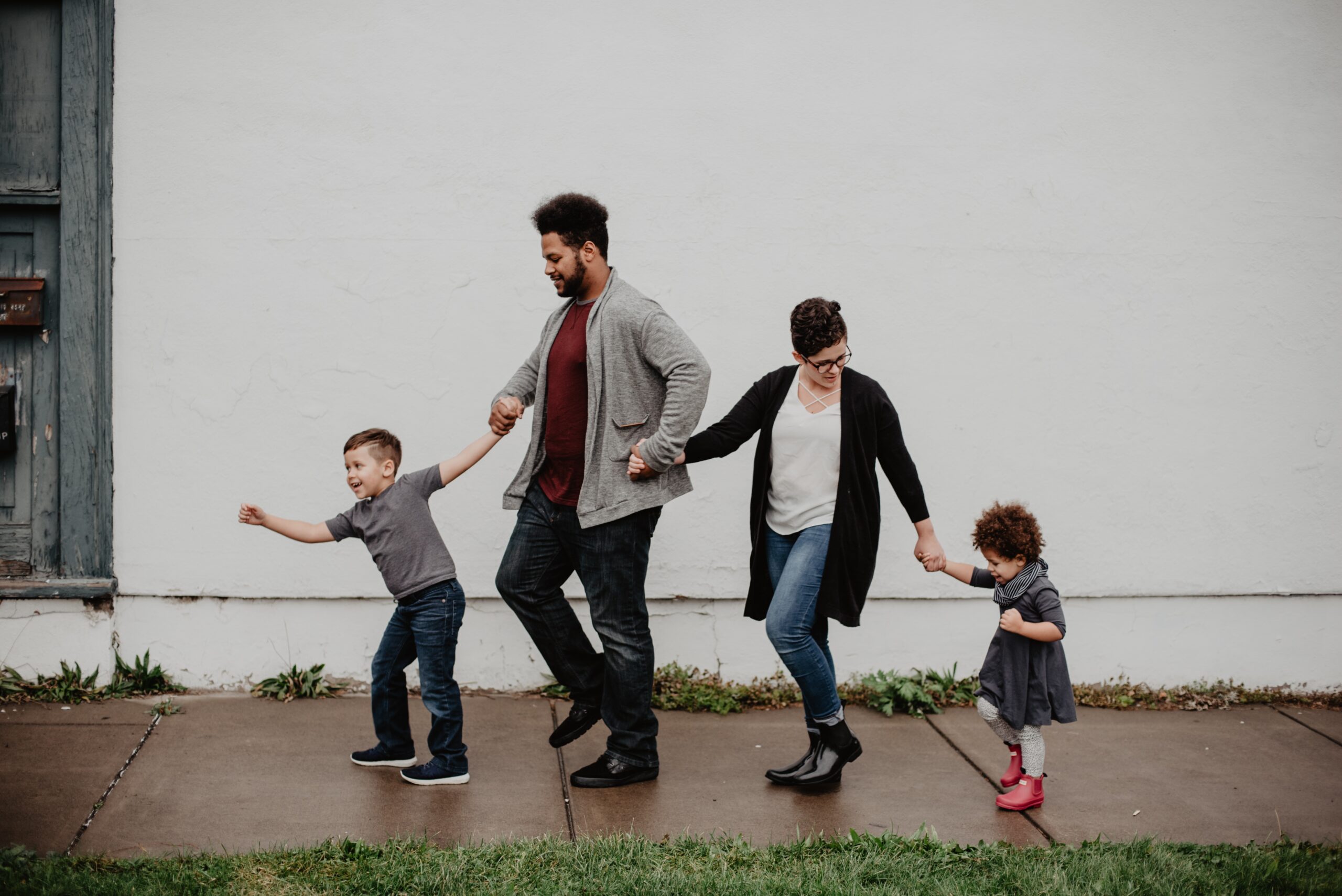The Freedom to Move is the Baby’s Birthright.
Babies spend the first nine months of life free. Well, almost free. They are confined in the warm, safe environment of the womb but they are essentially free to move. As they gain the ability to move, they do move – a lot. This movement is a good thing. Mother certainly thinks so. She is comforted by the baby kicking or turning. She assumes that where there is movement there is life. The baby who is active in utero is assumed to be healthy and vigorous. We understand intuitively, perhaps even instinctively, that movement is good, it is important.
The Most Dangerous Journey
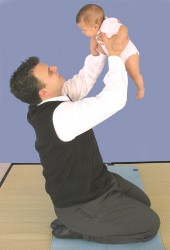 After nine months of relative freedom, the baby makes what is arguably the most difficult and dangerous journey he will ever make and he is born.
After nine months of relative freedom, the baby makes what is arguably the most difficult and dangerous journey he will ever make and he is born.
What must the baby think, after having had nine months of freedom to move, and having successfully made that dangerous and difficult journey, to find himself placed on his back, and wrapped not once, not twice, but often four or five times in blankets that completely immobilize him from the neck down.
What does it mean?
What is the sense of it?
This is the ancient practice called “swaddling.” This is a quaint word used rarely today that many may associate with the story of the birth of Christ wrapped in “swaddling clothes.”
Why Do We Swaddle the Baby?
The modern defense of swaddling is that when the baby is sleeping he may be disturbed by loud sounds. Loud sounds sometimes provoke a startle reflex in the baby (as they should). When this occurs the baby will go into extension and straighten his arms and legs. As a result, sometimes he is awakened by his startle reflex. He cries and this awakens mother and disturbs her sleep. So, on the chance that this might happen, we immobilize the baby from the neck down. Not only at night but often during the day as well.
First, it is good, not bad, to have a startle reflex. It is a life-saving reflex that we keep throughout life. The baby has the right to have a startle reflex, just as we do, and further he has the right to extend his body in reaction to that startle. To intentionally inhibit or suppress this reflex is unwise.
Use It or Lose It
Second, the price the baby pays for being immobilized from the neck down is large. When he arrives he has the ability to move, because he has been moving for nine months. At birth, he very much needs to develop the ability to move against gravity, which is much harder that moving in the aqueous environment of the womb. This is a challenge that he is prepared to meet as long as we immediately give him the opportunity to use the ability he already has developed. If he is prevented from moving in the first few hours or days of life, he will lose the ability to move and it will take him months to get that ability back again.
Why?
Answer: The effects of gravity and weight gain.
Every day that he does not move he is getting heavier. That increase in his weight makes movement more and more difficult. Most babies are placed on their backs in carriers, carriages, and cribs for many hours daily. In this position the baby cannot move at all. Babies are like turtles placed upside down -completely helpless and immobile. This teaches the baby that movement is impossible. When he is removed from this helpless and hapless environment, he is often placed in a car seat, highchair, or backpack. He is upright but he is still completely immobile.
How much time does the modern baby spend on his belly on the floor free to move?
Answer: Some babies have zero opportunity during the day to move. Most have almost zero.
This is not good for our babies.
Babies have a right to move. It is a basic right that we all have. The more we move the healthier we are. The less we move the unhealthier we are. We all know that. It is even truer for the newborn baby.
Improved Vision Leads To More Movement
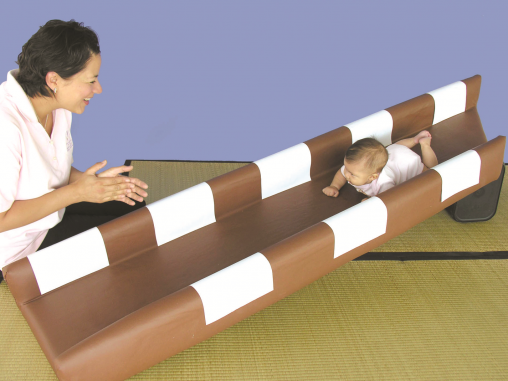
Movement is critical for all aspects of the newborn baby’s development. When the baby is on his belly moving forward on the floor, he begins to use his vision in a way that he does not need to use when we move him through space. This stimulation for his visual pathway helps that pathway to develop more rapidly and more completely at a time when being able to see is very important to him. The better he sees the more he wants to move to get to the things he sees. His desire to explore is born of better vision.
Mobility and vision go hand-in-hand. When he can crawl on his belly for transportation in his environment, he will begin to develop the ability to use his two eyes together a little bit. As he pushes himself up on his hands and knees to creep, he will need his vision even more. Now he must calculate not only how far his head is from the leg of the chair he is about to run into but also how far his head is from the floor. The more he creeps the better his visual convergence gets. When he pulls himself up to walk he will already have some depth perception, thanks to the fact that he has paid his dues by doing a lot of crawling and creeping already. He will be safer on his feet and he will fall and run into things less as result of his better vision. This is one example of the great importance of mobility opportunity in the first six months of life, but it is not the only one.
More Mature Breathing Leads To Better Communication
Let’s look at another critical area: respiration. Newborn babies do not breath very well. All mothers know this. The very best way to promote the maturation of breathing is mobility. The baby who has ample time to be on his belly on the floor crawling and then creeping will develop deeper, more regular, more mature breathing. The result will be a baby who can make a wider range of sounds much sooner.
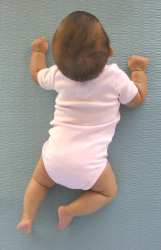 This ability to make a wide range of meaningful sounds helps the baby to communicate with mother and father more effectively. He uses meaningful sounds more often than crying or screaming. Many babies continue to use the “birth cry” to communicate everyday needs and wants, because their breathing is still too immature to permit the use of more subtle meaningful sounds. Babies who have adequate time on the floor to move and become mobile often use “words” many months before most babies are expected to talk. This improved communication provides a better quality of life for the baby at a critical moment for him when he is establishing his place in the family.
This ability to make a wide range of meaningful sounds helps the baby to communicate with mother and father more effectively. He uses meaningful sounds more often than crying or screaming. Many babies continue to use the “birth cry” to communicate everyday needs and wants, because their breathing is still too immature to permit the use of more subtle meaningful sounds. Babies who have adequate time on the floor to move and become mobile often use “words” many months before most babies are expected to talk. This improved communication provides a better quality of life for the baby at a critical moment for him when he is establishing his place in the family.
One family who made sure that their third baby had plenty of time on the floor wrote:
Vaughn has far exceeded the developmental rate of his siblings. Childcare professionals have commented on how strong, alert, and developed he seems. Even our pediatrician was taken aback. At his 4-month check-up, I received the usual string of questions: “Can he do this yet”¦ is he doing that yet”¦” After repeatedly answering, “He’s been doing that for over a month now,” I ran down his list of milestones”¦ crawled 10 football fields by 2 months, baby-talk and laughing by 2 ½ months, rolling over by 3 months, holding breath underwater, etc. For the first time in three babies, our doctor looked up from her clipboard and said, “Wow, whatever you guys are doing at home, keep it up”¦ he’s doing great!
Crawled ten football fields by two months of age
All of our babies should be doing that great. All of our babies could be doing great. All of our babies would be doing great if they had the freedom to move.
Our babies need to be free to move. The freedom to move is a birthright of the baby.
Copyright © 2013 The Institutes for the Achievement of Human Potential, All rights reserved.
Our mailing address is:
The Institutes for the Achievement of Human Potential
8801 Stenton Avenue
Wyndmoor, PA 19038

